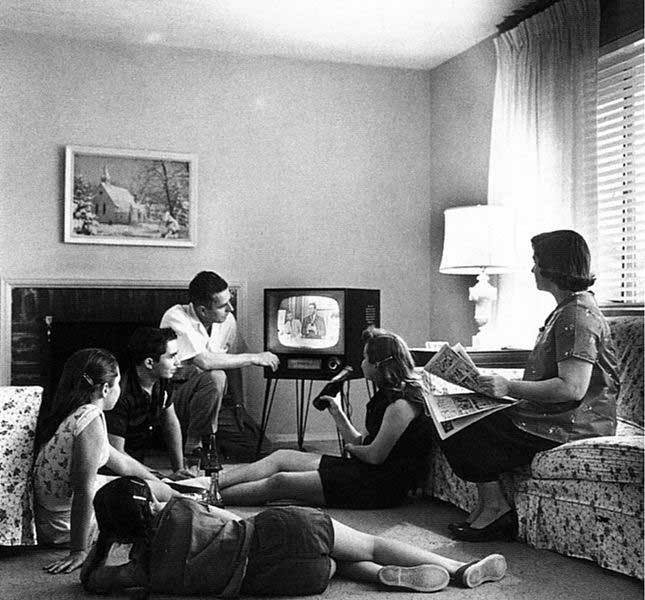Watching Scarlett Johansson and Ewan McGregor battle organ harvesters can make you overeat. Watching Charlie Rose interview guests – not so much.
That’s one conclusion from a study of distracting television content that leads to “mindless eating,” an ongoing concern at the Cornell Food and Brand Lab.
“When watching television, people pay less attention to what they eat,” explains Brian Wansink, lab director and the John S. Dyson Professor of Consumer Behavior in the College of Agriculture and Life Sciences. “The distraction provided by television can lead them to mindlessly continue eating past the point at which they would normally stop.”
Ninety-four undergraduate students participated in the study, “Watch What You Eat: TV Content Influences Consumption,” published Sept. 1 in the Journal of the American Medical Association: Internal Medicine.
In the study, one-third of the participants watched 20 minutes of the 2005 science fiction thriller, “The Island”; one-third watched the same movie without sound; and one-third watched 20 minutes of the PBS interview show, “Charlie Rose.” The viewers had access to all the M&Ms, cookies, carrots and grapes they wanted.
Distracted by all the camera cuts and loud explosions in the action movie, watchers mindlessly consumed an average of 206 grams (354 calories) of snacks apiece, almost twice as much as the viewers who were not so distracted by Charlie Rose and guest; they ate 104 grams (almost 21 calories). Those watching the silent movie fell in the middle by consuming 142 grams.
Aner Tal, co-author and research associate in the food lab, said: “When watching highly distracting content, it may be best to avoid snacking, or use preportioned snacks rather than snacking out of a large bowl or bag. If you want to have a huge bowl of snacks by the TV, be aware you might wind up mindlessly eating more than you’d planned, and make it a bowl of scrumptious baby carrots.”


